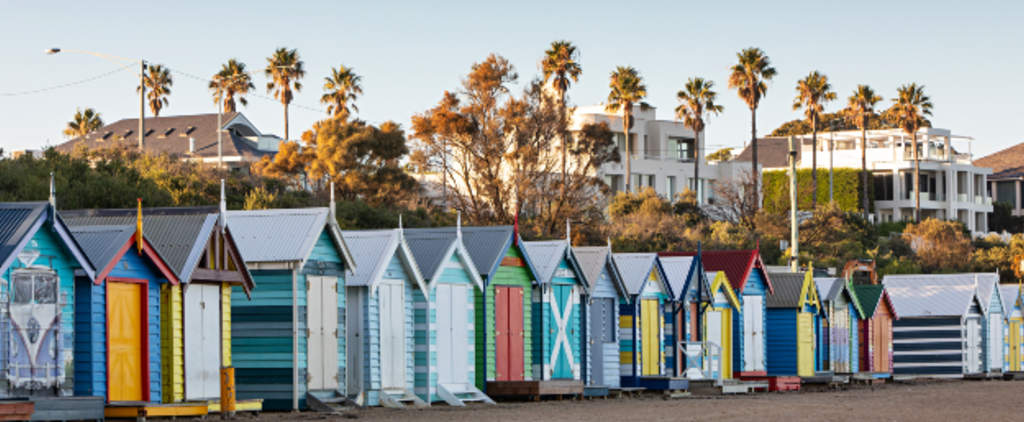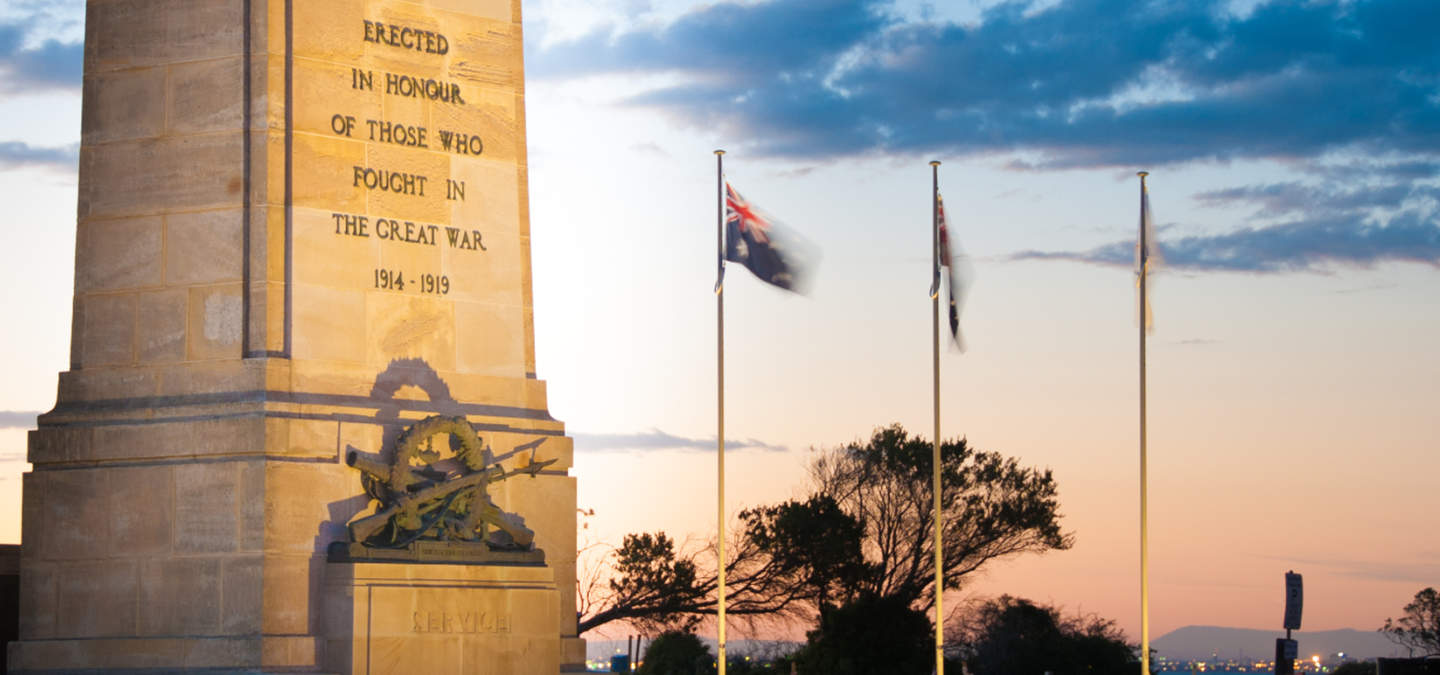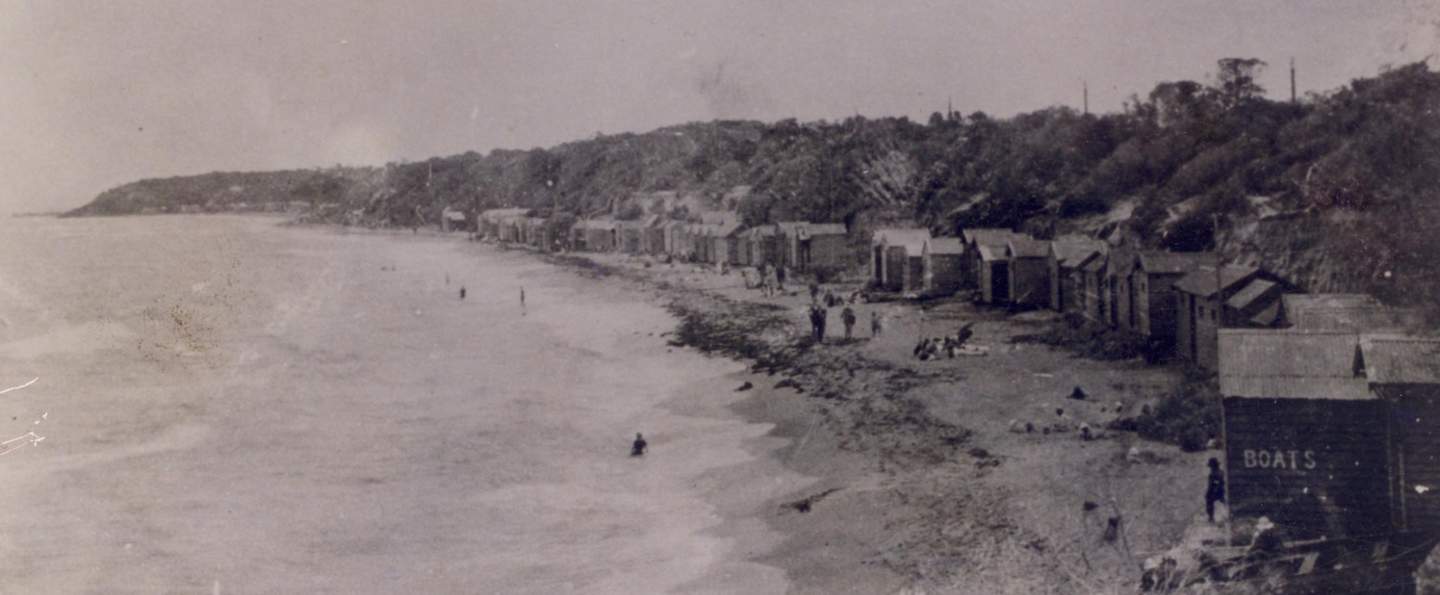Brighton Beach Bathing Boxes: visit our iconic boxes
Brighton Beach Bathing Boxes are an iconic part of Melbourne's make up and the perfect setting for a day by the bay.
Find out more about how to get to the Brighton Beach Bathing Boxes, their history and other things to do nearby.
- Getting to the Brighton Beach Bathing Boxes
- What to do at Brighton Beach
- Weddings on the foreshore
- A brief history of the boxes
Getting to the Brighton Beach Bathing Boxes
Public transport
Just a short walk along Esplanade, Brighton Beach Station is a 29-minute journey from the Flinders Street via the Sandringham line. There are also various bus routes which stop at Brighton Beach, including the 600, 922 and 923, serving Southland and St Kilda.
Parking
There is paid parking available north or the boxes at Brighton Beach Lifesaving Club and to the south at Green Point. There is also some paid parking along Beach Road outside peak times.
Both car parks have designated all abilities parking and bus drop off areas.
What to do at Brighton Beach

With spotless sand, views of the city and with the backdrop of the Victorian-era bathing boxes, Brighton Beach is the perfect spot to bathe by the bay or watch the sunset.
Sheltered in a cove and home to the historic bathing boxes, Brighton Beach is a family playground where you can build sandcastles, walk along the Middle Brighton Pier or swim challenging laps in Middle Brighton Sea Baths (home to the Icebergers who swim early morning all year round, no matter how cold).
Food, drink and shopping
Whether you are after fish & chips or a five-star feast, there are a range of restaurants, cafes and bars within walking distance of the bathing boxes.
There are more options on both Bay Street and Church Street, which will also satisfy your shopping needs with a range of boutique independent stores.
Along the Bay Trail
The bathing boxes are the ideal starting place to explore Brighton and beyond.
Head north on the Bay Trail and you will find Royal Brighton Yacht Club and the dog friendly beach. Anther kilometre along the trail will bring you to the recently upgraded North Road Playground.
Brighton Beach Gardens and a foreshore reserve are both south of the beach at Green Point, where you can also find the Cenotaph. The heritage-listed Cenotaph was completed in 1927 as a memorial to Brighton residents who lost their lives during World War 1 and hosts both Remembrance Day and Anzac Day ceremonies.

Venturing further afield and you can immerse yourself in local culture and heritage by following the Bayside Coastal Art Trail all the way from Brighton to Beaumaris.
Weddings on the foreshore
With an abundance of photograph opportunities and local amenities, the foreshore is also a popular location for intimate wedding venues.
You can enquire about using the foreshore as a wedding venue, or find out about Bayside other wedding venues.
https://www.bayside.vic.gov.au/apply-use-open-space-area
History of the Brighton Beach Bathing Boxes
The Brighton Beach Bathing Boxes hold a key place in Melbourne's heritage, providing a rare and unique glimpse into Brighton's origins.
Dating back to the 1860, as the suburbs sprawled down the coastline, bathing boxes started popping up along Brighton's beaches to allow for modest bathing.

"Changing on the beach was not permitted, nor could you wander the streets clad only in a bathing costume. One solution was to have a private bathing box," The Lure of the Beach, by Jo Jenkinson, Brighton Historical Society.
In 1934, with many of the the boxes falling into disrepair during the post World War 1 Depression, they boxes were brought together on Dendy Beach for easier collective maintenance.
The boxes were again in a dilapidated state by 1952 and, along with many other bathing boxes around Port Phillip Bay, faced pressure to be removed. However, while similar structures around the bay were dismantled, the Brighton Bathing Box Association fought hard to save their existence.
In keeping with their origins, to this day the boxes are still exclusively owned by Bayside residents, who work hard to keep them in top condition despite vandalism and harsh costal weather conditions.
With 9 added over the last few years taking the total to 96, the uniquely designed boxes have become one of Melbourne's top tourist destinations.